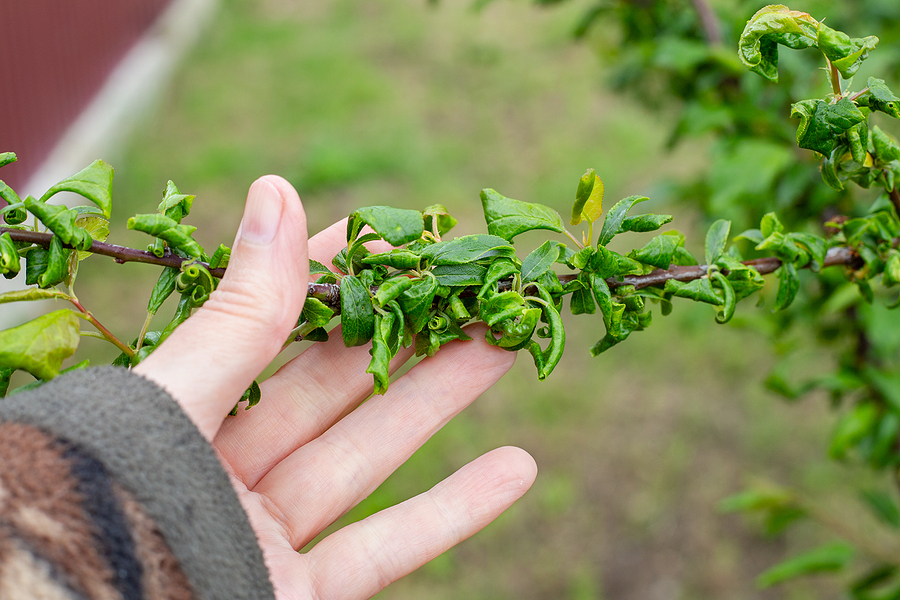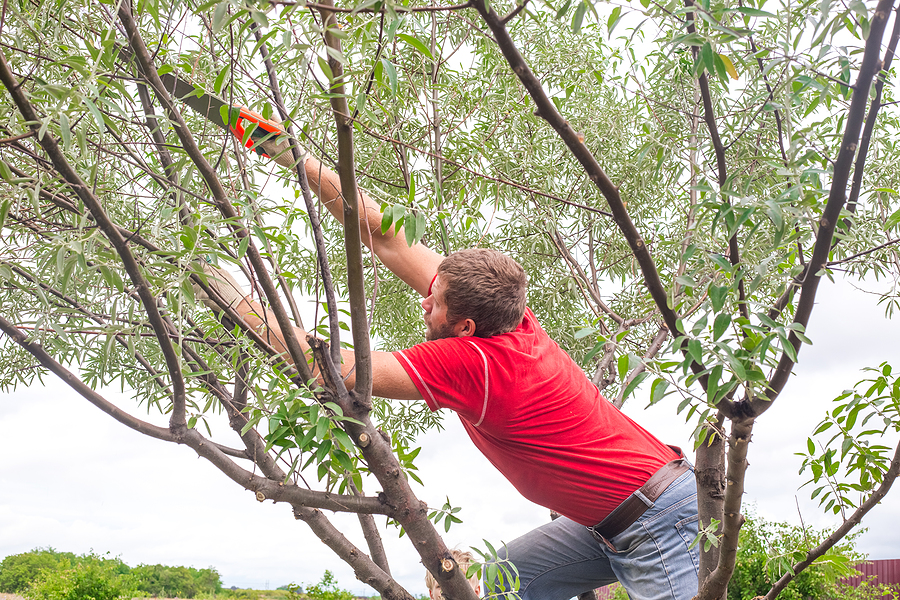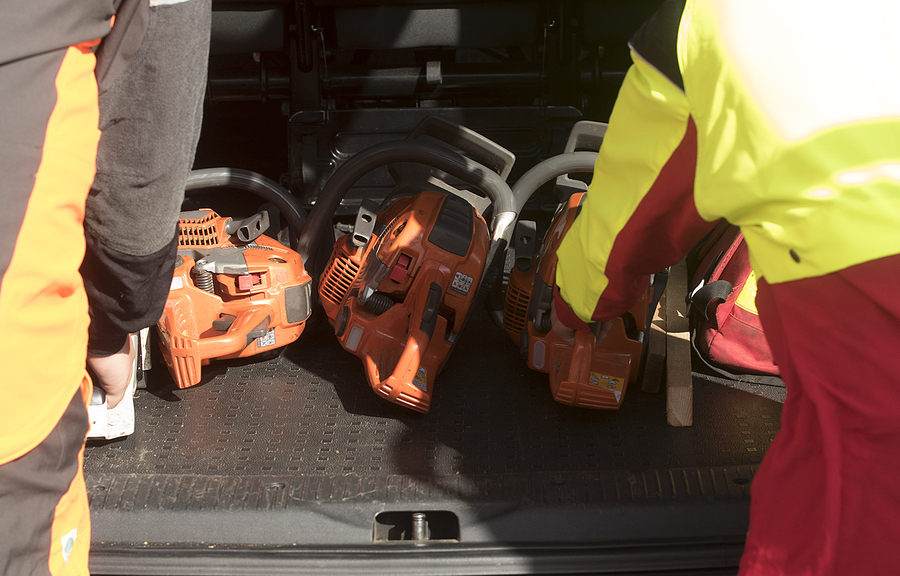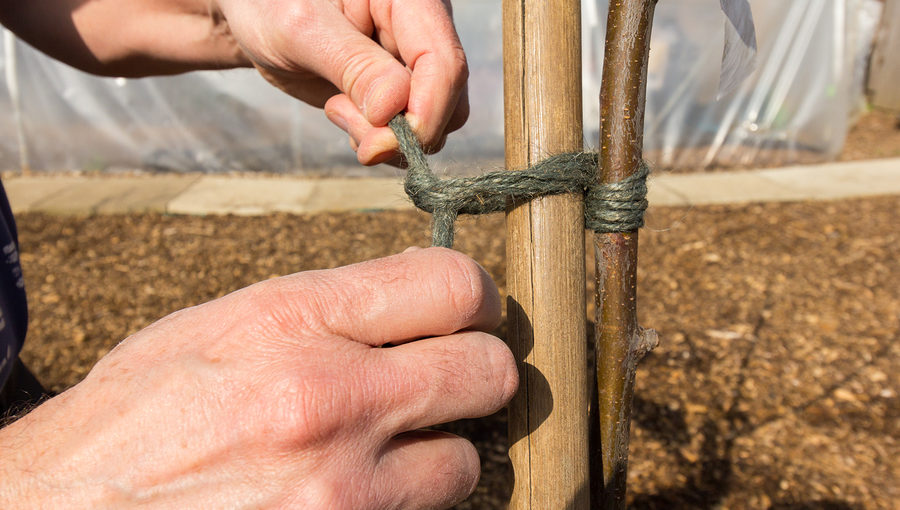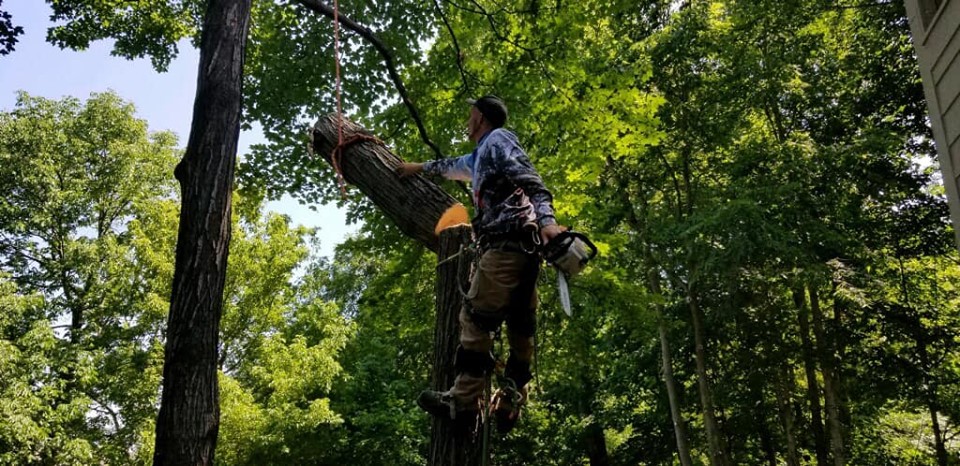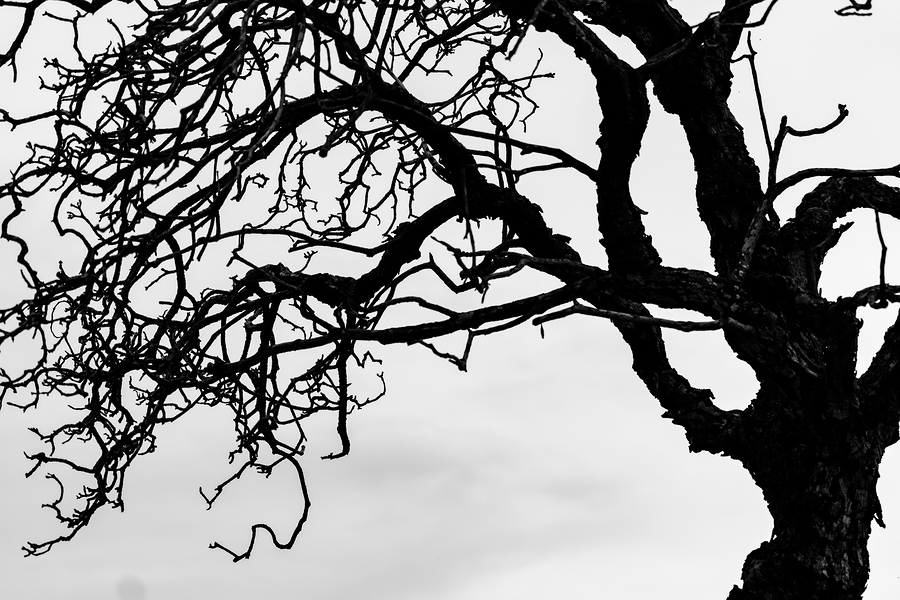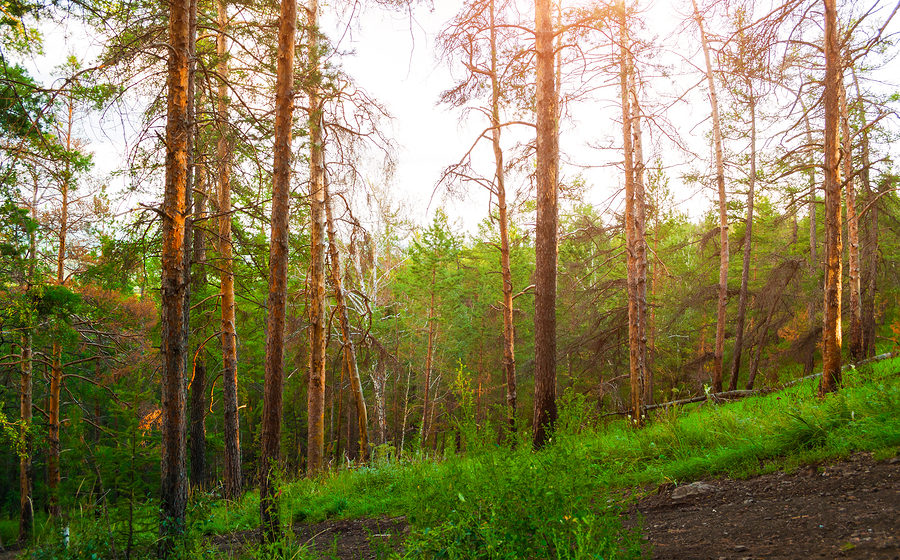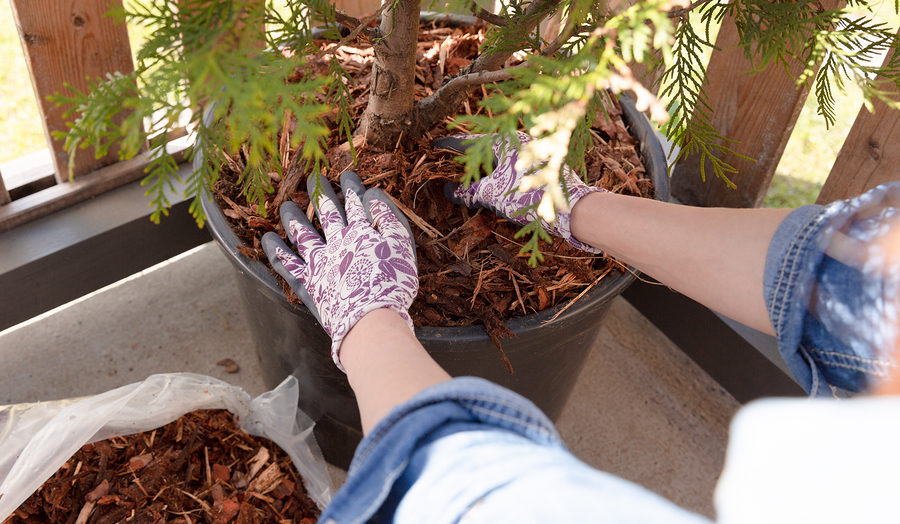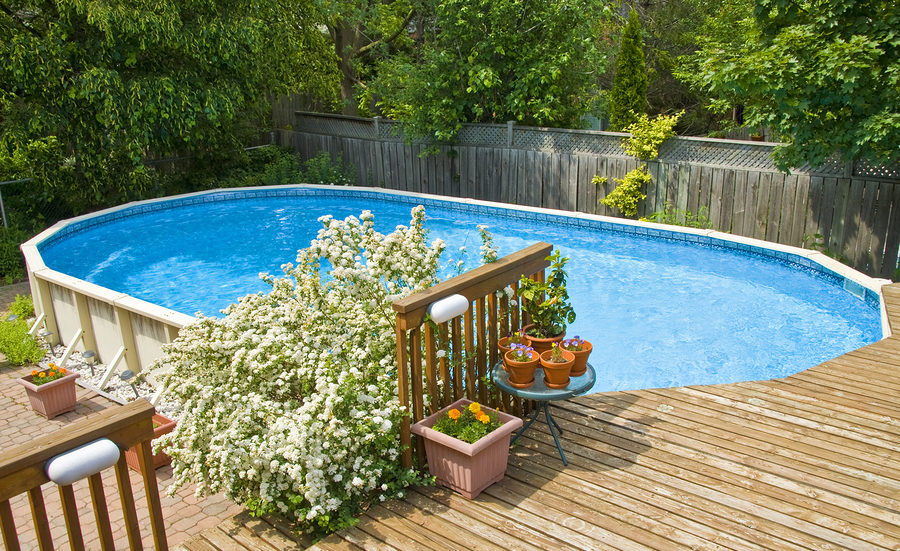As the seasons change, so does the scenery around us, especially when it comes to trees. The transformation from the lush green leaves of summer to the vibrant hues of autumn is a sight to behold. But why do trees shed their leaves during certain times of the year?
In this blog post, we’ll delve into the fascinating world of seasonal leaf loss. We will explore this natural process from a tree’s perspective, its role in the life cycle of a tree, and how it can sometimes indicate matters of tree health and care. Stay with us as we embark on this enlightening journey through the forest.
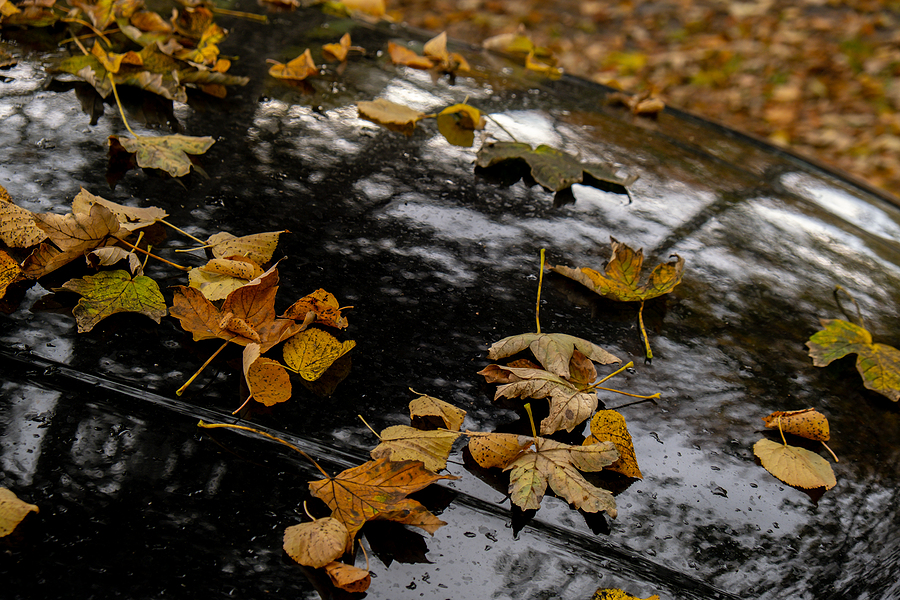
The Reasons Behind Leaf Loss
To understand why trees lose their leaves, we first need to recognize the importance of photosynthesis. This vital process in plant life involves capturing sunlight and converting it into energy for growth and survival. During this process, trees absorb carbon dioxide from the air through small openings on their leaves called stomata. At the same time, they release oxygen back into the atmosphere. The green pigment in leaves, chlorophyll, plays a crucial role in this process by absorbing sunlight and converting it into energy.
As the days become shorter and temperatures drop, trees prepare for winter by conserving energy. This means they stop producing food through photosynthesis and instead focus on survival until springtime returns. To do this efficiently, trees shed their leaves, which require a lot of energy to maintain. By shedding their leaves, trees can conserve resources and survive harsh weather conditions.
The Cycle of Leaf Loss
The cycle of leaf loss begins in the fall when trees stop producing chlorophyll. This causes the green pigment to break down, revealing other pigments such as yellow and orange that were previously masked. These pigments give leaves their vibrant autumn colors. As temperatures continue to drop, a layer of cells forms at the base of each leaf’s stem, cutting off the supply of water and nutrients from the tree. This causes the leaves to eventually die and fall off.
Indicators of Tree Health
Although seasonal leaf loss is a natural process, it can sometimes indicate underlying issues with tree health. For example, if a tree loses its leaves too early in the season or has discolored and wilted leaves, it may be a sign of stress or disease. In some cases, early leaf loss can also be caused by drought or insect infestation. Therefore, it is essential to monitor your trees’ leaf loss patterns and seek professional help if you notice any abnormalities.
Caring for Trees During Leaf Loss
As tree owners, it is our responsibility to care for our trees and ensure their well-being. Regularly raking up fallen leaves can help prevent the spread of diseases and pests that may have affected the tree. It also promotes a healthy lawn by allowing sunlight and air circulation. Additionally, providing your trees with proper nutrients, water, and pruning can help them prepare for the upcoming leaf loss cycle.
Conclusion
The cycle of leaf loss is a natural and critical process in a tree’s life. It allows trees to conserve energy and survive harsh weather conditions during the winter months. However, it is also essential to pay attention to any abnormal signs of leaf loss that may indicate underlying issues with tree health. By understanding the reasons behind leaf loss and caring for our trees accordingly, we can ensure their longevity and contribute to a healthy environment. So next time you see leaves falling from trees, know that it is all part of nature’s grand plan.
Are you in need of Fall tree care this season? Contact Timberland Tree Care at 317-348-0811 for licensed and insured tree trimming and pruning services in Indianapolis, Indiana. We serve residential and commercial customers.
Related Posts:
4 Ways to Compost in the Fall
The Best Time of Year to Trim and Prune Trees
Fall is Coming: How to Prepare Your Trees for the Colder Season

